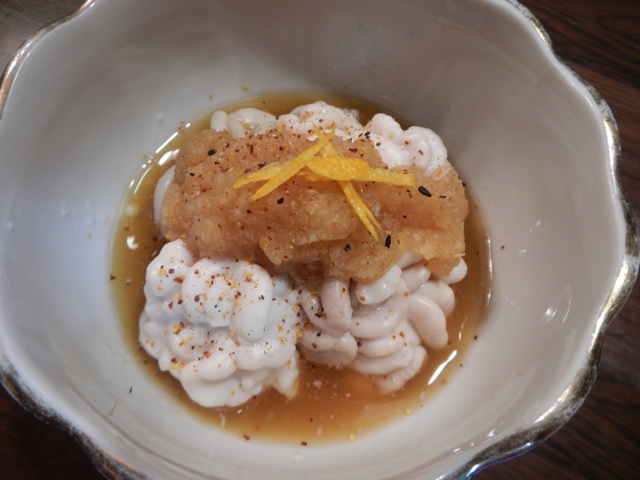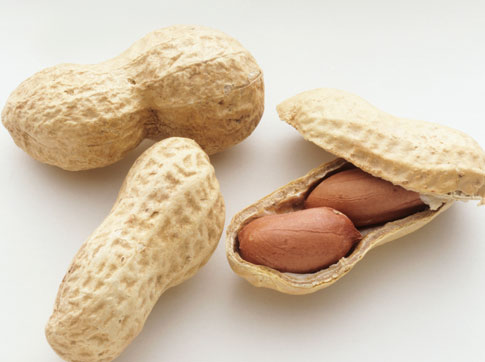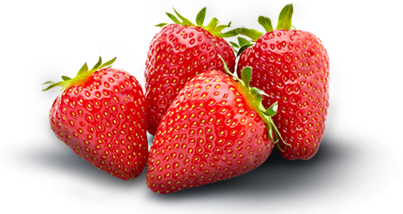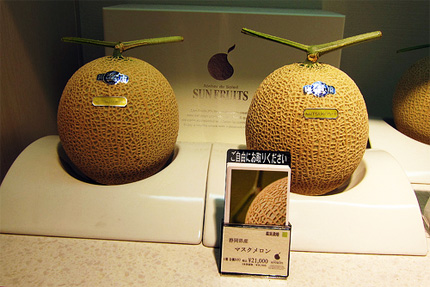Did you know that if you put Tonic Water under black light, it would glow azure blue? Also, it would interest you to know that the red food-coloring carmine — used in Skittles and some other type of candies — is actually extracted from boiled cochineal bugs and boiled in ammonia.
The cochineal bug is a type of beetle. These are just some of the facts that will wow you and even make your jaw drop about some of the foods we eat. We’ll share many with you here in graphics and text.
Some Facts About Foods That Will Shock You!
Let’s get it started by sharing a simple and interesting one about fruits with you. At the end of this article, you can share any interesting but surprising facts that you know about some foods with us using the comment section. Let’s get things started…
1. Milt, a delicacy around the world, is fish sperm
Milt is the seminal fluid of fish, mollusks, and certain other water-dwelling animals who reproduce by spraying this fluid which contains the sperm, onto roe (fish eggs). In Japan, it is called Shirako.
2. Tomatoes, Banana and Watermelon are berries? huh?
There are definitely some fruits and vegetables that we only classify based on how they are consumed. Botanically, these fruits and vegetables actually have different identities.
For example, Tomato is botanically a berry, a subset of fruit. However, the tomato is regarded as a vegetable for culinary purposes. True berries are simple fruits stemming from one flower with one ovary and typically have several seeds. Tomatoes fall into this group, so also are pomegranates, kiwis and — surprisingly — bananas.
Others that are in this group include watermelon, pumpkin and avocado.
3. Omega-3s and Cattle Fed With Grass vs Those Fed With Grains
Here is another very interesting fact about beef that we eat. Some nutrients and composition of the meat depend on the type of foods the cattle were fed on. A research has suggested that grass-fed cattle usually have between 2-5 times omega-3s in their meant than their counterparts fed with grains.
The research which can be found here reported that;
Several studies suggest that grass-based diets elevate precursors for Vitamin A and E, as well as cancer fighting antioxidants such as glutathione (GT) and superoxide dismutase (SOD) activity as compared to grain-fed contemporaries. Fat conscious consumers will also prefer the overall lower fat content of a grass-fed beef product.
In addition, the fat from grass-finished beef may have a yellowish appearance from the elevated carotenoid content (precursor to Vitamin A). It is also noted that grain-fed beef consumers may achieve similar intakes of both n-3 and CLA through the consumption of higher fat grain-fed portions.
4. Peanuts or Groundnuts are not nuts, they are legumes! Really?
Just like some fruits that have their names ending with berries are not truly berries, peanut is not a not too. It just has NUT attached to its name. If you didn’t know about this before now, don’t feel bad about it because you are not alone – there are so many people who don’t know too.
If you are still doubting is this is true or not, you can quickly check Wikipedia for details on peanut. The following is what you are going to find there:
The peanut or groundnut (Arachis hypogaea) is a species in the family Fabaceae (commonly known as the bean, pea or legume family).
5. A strawberry isn’t an actual berry, but a banana is
Isn’t this interesting too? Just like peanut has nuts at the back and is not a nut, blackberries just have berries in their names – they are not actual berries. Why? Well, it is due to the same reason that banana is a berry. They have the same technical definition.
A berry is a fleshy fruit produced from a single seed. Strawberries, unlike cranberries and blueberries do not fall under this classification of fruits.
See the most expensive fruits in the world. It costs $23,500!
6. The Japanese Yubari King Melon is the most expensive fruit in the world!
If you had $23,500, would you spend it on buying one fruit? Well, this depends on what your bank account balance looks like. The most expensive fruit in the world is the Japanese Yubari cantaloupe, and two melons once sold at auction for $23,500. Yeah, a whooping $23,500!
The melons are grown in greenhouses and even given “hats” to prevent sunburn. You now wonder why they are that expensive.
Walk into a normal store on a good day and ask for this melon, you would probably get it for a price around $225 for two.
Would you eat the vomit of another animal? I guess not but I am sure you do, and even like it.
7. Honey is made from nectar and bee vomit!
Honey is actually bee vomit. It takes at least 100,000 vomits to make 453 grams of honey. The bees that go out to collect nectar have a gland that secrets enzymes in their mouth. When the bees collect the nectar, it is mixed with the enzyme in the bee’s mouths.
The nectar plus the enzyme is then taken back to the bee hive where it is dropped (vomited) into the honeycomb. The honeycombs are hexagonal shaped cells that the bees make themselves out of wax. When I found out about this I was taken aback but then I though, “what if honey is being made out of bees excreta? Who cares?” It is sweet, nutritional, medicinal and we love it.
You can see the video below to see how the bees actually make honey!
8. Canola oil was INVENTED in a biotechnology laboratory
Canola oils is not from a plant called Canola as many people I spoke to thought. In fact, there is no plant called Canola and this oil that is common in everybody’s home was actually invented in a biotechnology laboratory in 1976, using radiation bombardment techniques to destroy parts of the plant’s DNA.
This is the message from the official Canola Council of Canada:
Here are some key facts on growing genetically modified (GM) canola in Canada.
GM or transgenic canola varieties have been modified to be resistant to specific herbicides. They are called herbicide-resistant varieties. The plants are modified, but the oil is not modified. It is identical to canola oil from non-modified or conventional canola.
Herbicide-resistant GM canola is grown on about 80% of the acres in western Canada. GM canola was first introduced in 1995.
They are usually made from the oil from rapeseed!
These are just some interesting facts we have brought together for your reading pleasure. We eat all these foods and we enjoy them. Many of them have high nutritional value and beneficial to our body.
Which of these facts actually thrilled or surprised you the most? Share your thoughts in the comment section!!!






This post is the most interesting post I’ve read on this blog so far. Kudos